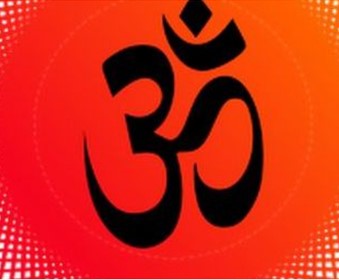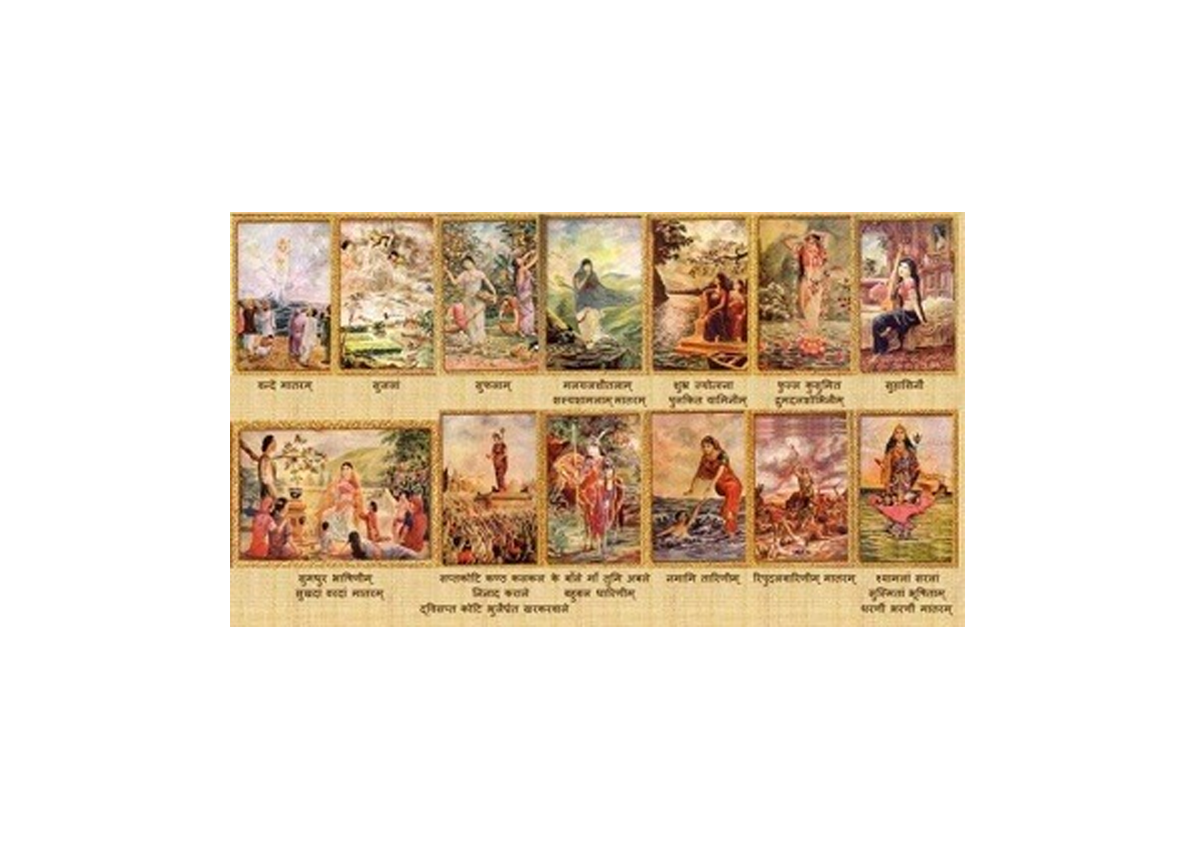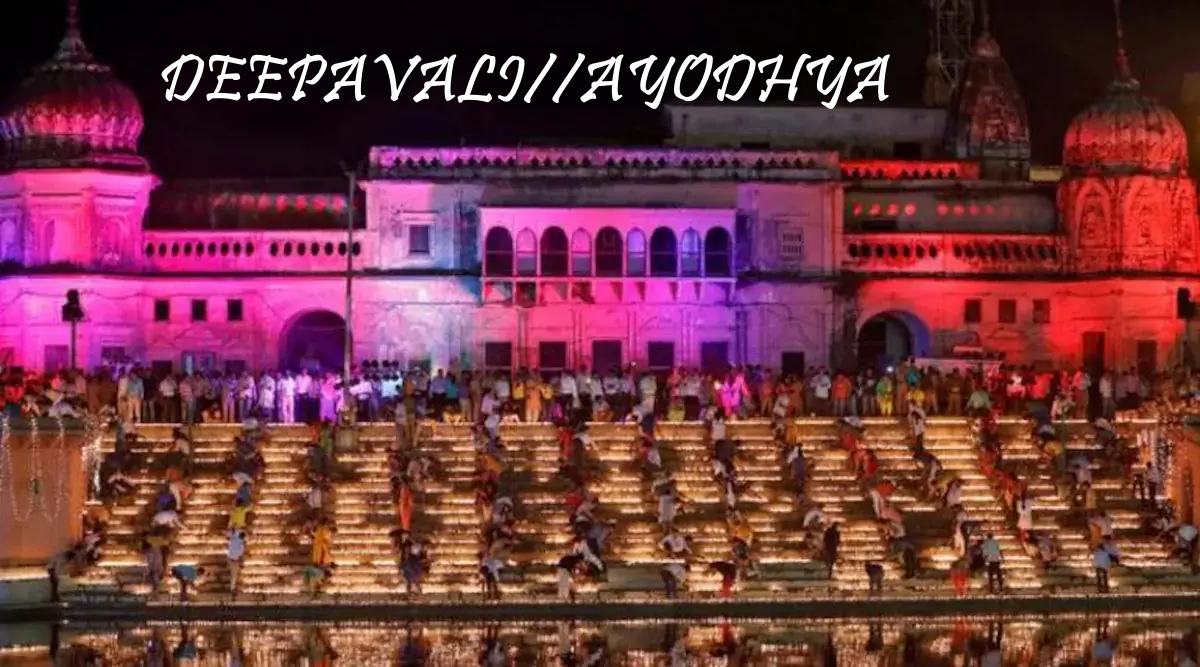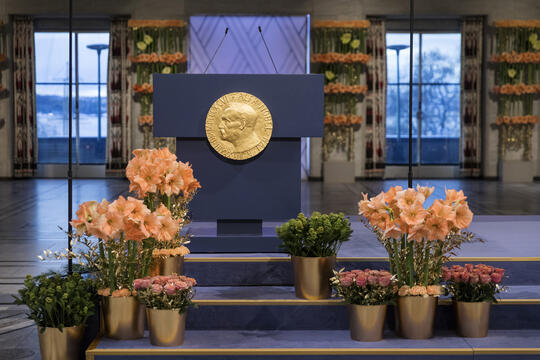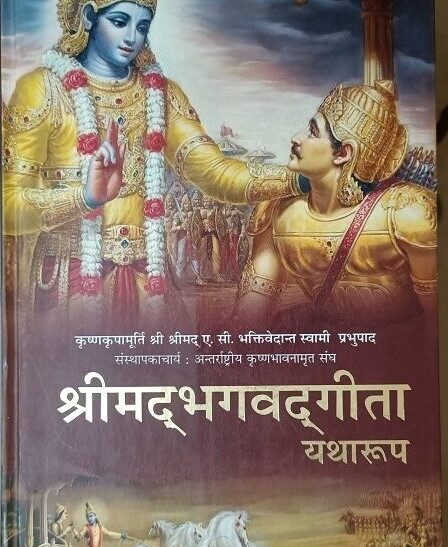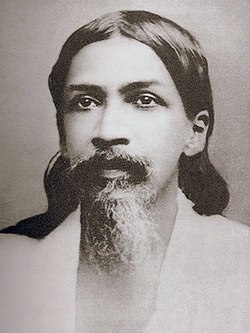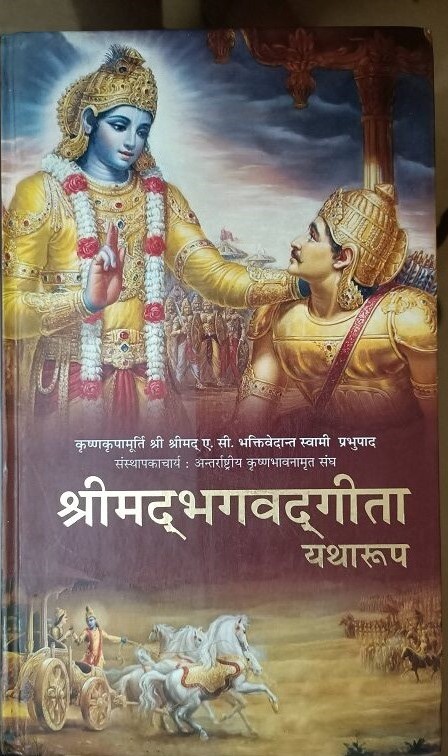APPENDIX-1: DHARMA & RELIGION
DISCUSSION ON COMMENTS
SARASIJ MAJUMDER
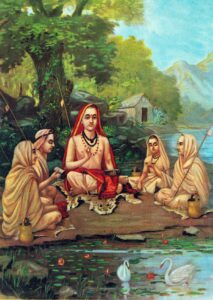
I posted a ‘BLOG’ establishing the ‘DIFFERENCE’ between DHARMA & RELIGION.
REF:-https://sarasijmajumder.in/dharma-and-religion/ {Also linked}
The BLOG generated many comments and most of them are ‘complementary’. I thank all those readers, and I felt satisfied. But, a few comments need a discussion, as presented below:
1. On VISHMA and DHARMA:
Before departure of his soul from Mortal Remains—and taking his Position again as ‘ASTABASU’ in Celestial location, Vishma offered Yudhishthira deep insights on Dharma, Artha (prosperity), Kama (desire), and Moksha (liberation). His teachings were rooted in Vedic wisdom and emphasized humility, forgiveness, and truth. “There is nothing so sublime and pure as transcendental knowledge…”—he said. However—his teachings were person specific, and he explained mainly “RAJ DHARMA” to Yudhisthira—as he knew who will be the next king.
I was not discussing context of ‘Sanatan Dharma’ in my subject ‘BLOG’—but establishing only the theological truth that ‘Dharma’ is different from ‘Religion’. That was all!
Hence it was not in the scope of that ‘BLOG’. And there is ‘RAVANA’ also—who also advised ‘Lakshmana’ many important aspects of ‘DHARMA’ from his bed of death.
I will definitely write on ‘Vishma’ and ‘RAVANA’ Charitras someday. Vishmas’s entire life was controlled by ‘Dharmik Anushashon’ according to his understanding—but as a WARRIOR and Protector of Kuru dynasty. All these will be discussed there. The discussion require a larger space.
2. SYNONYM of ‘Religion’ in Sanskrit:
One reader asked a very ‘Logical Question’. He posted— ‘Well, I now understood the difference. But what we call ‘RELIGION’ in Bengali, or Sanskrit??
This is a very good, and valid Question. I answer this below: –
We have to discuss first the etymology of the word ‘RELIGION’. For this part, I referred many documents not possible to list, but all are available in ‘Public Domain’.
The word “religion” originates from the Latin word religio, which has roots in the verb religare, meaning “to bind” or “to tie back”. While the exact etymology is debated, the concept of “binding” is central to the understanding of all Abrahamic religions, often interpreted as a bond between HUMANS and something considered “SACRED OR DIVINE”.
Here’s a more detailed breakdown:
Latin Roots:
The Latin term religio is the foundation for the English word “religion”. It initially encompassed concepts like scrupulousness, conscientiousness, and devotedness, relating To Obligations, Taboos, And Promises.
Re-ligare: This interpretation, favoured by scholars, connects religio to the verb religare (re- + ligare), meaning “To Tie Back,” “To Bind,”. This suggests a binding to something Sacred Or Divine. I accept this as root.
Evolution of Meaning:
The meaning of religio evolved over time. In classical antiquity, it was used in both secular and religious contexts, referring to obligations, reverence, and the awe inspired by the divine. Later, it came to be associated with monastic life and, eventually, with the broader concept of religious practices and beliefs within the ‘Holy Scripture’.
Influence of French:
The word “religion” entered the English language through Old French (religion), which itself derived from the Latin religio.
Following above—I opine that, “ANUSHASANA”—(अनुशासन) comes close in Sanskrit version of Religion.
Hence, ‘Christian Religion’ shall be called as “क्रिस्चन अनुशासन” |
But ‘ISLAM’ is clearer. In Arabic, the word “Islam” (إسلام) means submission, surrender, or obedience to the will of ‘ALLAH’. It is the verbal noun of the verb “aslama” (أَسْلَمَ), which means “to submit” or “to surrender”. Thus, a Muslim (مُسْلِم) is one who submitted to will and instructions of ALLAH. On ‘ISLAM’—I stop here.
And—I have nothing more to say on this matter.
3. ‘MONISM’ and “ADVAITABAD”:
One comment was ‘Adwaitabad’ is ‘MONISM’. I don’t fully agree that they are same though there some common statements in “BOTH”. I may write a comparative discussion on this later. This is a very interesting subject—Theologically.
But—I will touch them in short here, as a response.
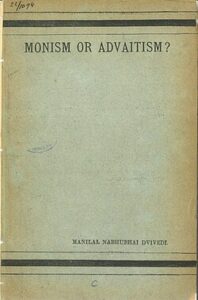
“Monism or Advaitism?”, published with subtitle– An Introduction to the Advaita Philosophy read by the light of Modern Science, is an 1889 book of history of philosophy by Manilal Nabhubhai Dwivedi, in which author tries to compare the Advaita Vedanta, a school of Hindu philosophy, with the Western theory of Monism.
It raised a great interest in the west.
The underlying difference, concluded by him in his study, is what BLOGGER accepts on the subject. The Image of the book is attached. A serious reader may try to get, and read the book.
The term “monism” was first coined by Wolff, in the eighteenth century, but the idea of a unified reality has roots in ancient Greek philosophy and was further developed by thinkers like Spinoza and Haeckel.
The term MONISM is derived from Western philosophy to typify positions and relations in the mind–body problem, it has also been used to typify religious traditions– understanding of a nondual reality.[It is more generally categorized by scholars as a form of absolute nondualism.
Advaitabad, also known as Advaita Vedanta, was founded by Adi Shankaracharya (Shankara) in the 8th century CE. He is the most prominent figure in the Advaita Vedanta school of thoughts. Vivekananda’s treatment can be easily understood.
While Advaita Vedanta has roots in the Upanishads, Shankara’s systematic exposition and commentaries on the Upanishadas, Brahma Sutras, and Bhagavad Gita are what established it as a prominent, and may be most distinguished philosophical school.
Manilal proceeds to compare the concepts of God in the light of the two theories. He explains the Semitic concept of God implying duality between man and God, while the Advaita Philosophy posits the experience of identity between the two. In the experience of perception also, Advaita asserts the identity of Agent (Karta) and Action (Karma) or that of the Seer (Drig) and the Seen (Drishya). Manilal calls the religion of Advaita philosophy as “scientific religion” because it signifies the culmination of human intellect in an extremely rational thought.
Soham (सो ऽहम्): The combined meaning, “I am That” or “I am He”.
It signifies the identity of the individual self (Atman) with the universal consciousness (Brahman). This mantra is a core concept in Hindu philosophy, particularly in Advaita Vedanta, and is used in meditation to foster a sense of unity with the universe or COSAMOS.
In my understanding— ‘Advaitavedananta’ is a very highly developed philosophy, and perhaps most supreme and most Superlative form of ‘MONISM’ as conceived by ‘EUROPEAN THINKERS’, though originated from Bhartiya School of ‘DARSHAN’—which is ‘VEDANTA’, i.e. derived from Vedic Philosophy.
Actually—many people learned about ‘HINDUISM (?)’—from books which are European interpretation of ‘Sanatan Dharma’. English language created additional barrier from reaching the ‘ROOT’.
Let me close, and STOP here.
Note: — I took time to write, and post answer —as I refreshed my study, before I took up my pen.
Disclaimer: — the purpose of this BLOG is to spread knowledge. No Religion is shown in derogatory light, or manner; and that was not the purpose.
REFERENCES: —
1.0 Bhishma Parva – From ‘Mahabharata’–Mahatma Kali Prasanna Singha edited. The Shrimad Bhagavad Gita is part of the Bhishma Parva of the Mahabharata.
2.0 All other books referred in the original “BLOG” is also a part of this BLOG –https://sarasijmajumder.in/dharma-and-religion/
3.0 “Dual-Aspect Monism and the Deep Structure of Meaning” by Jan Westerhoff, published in March 2022 by Routledge.

